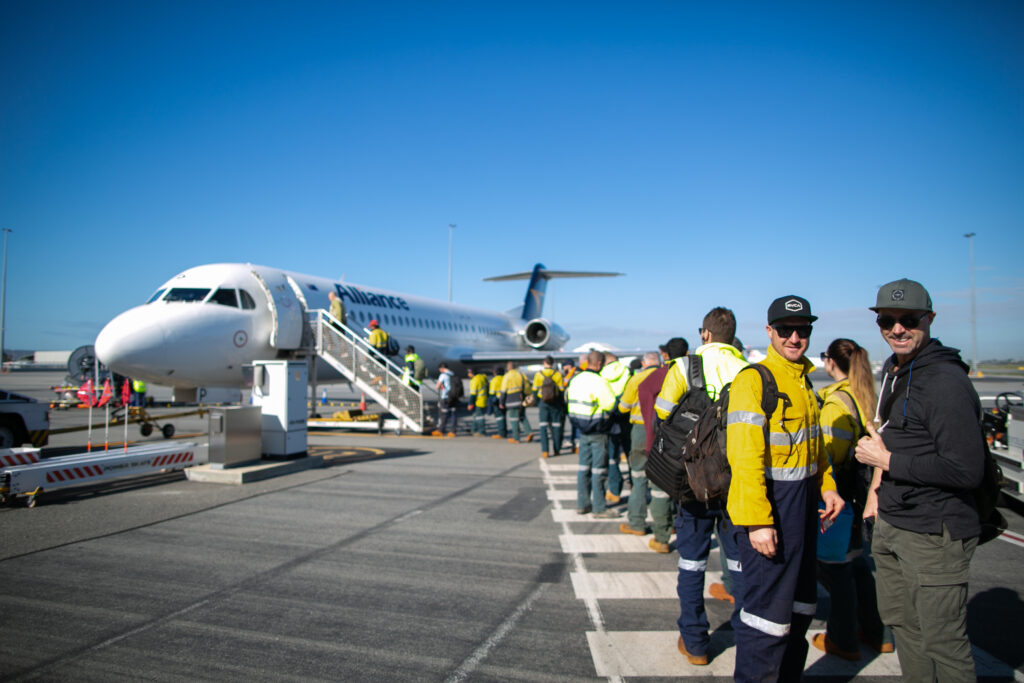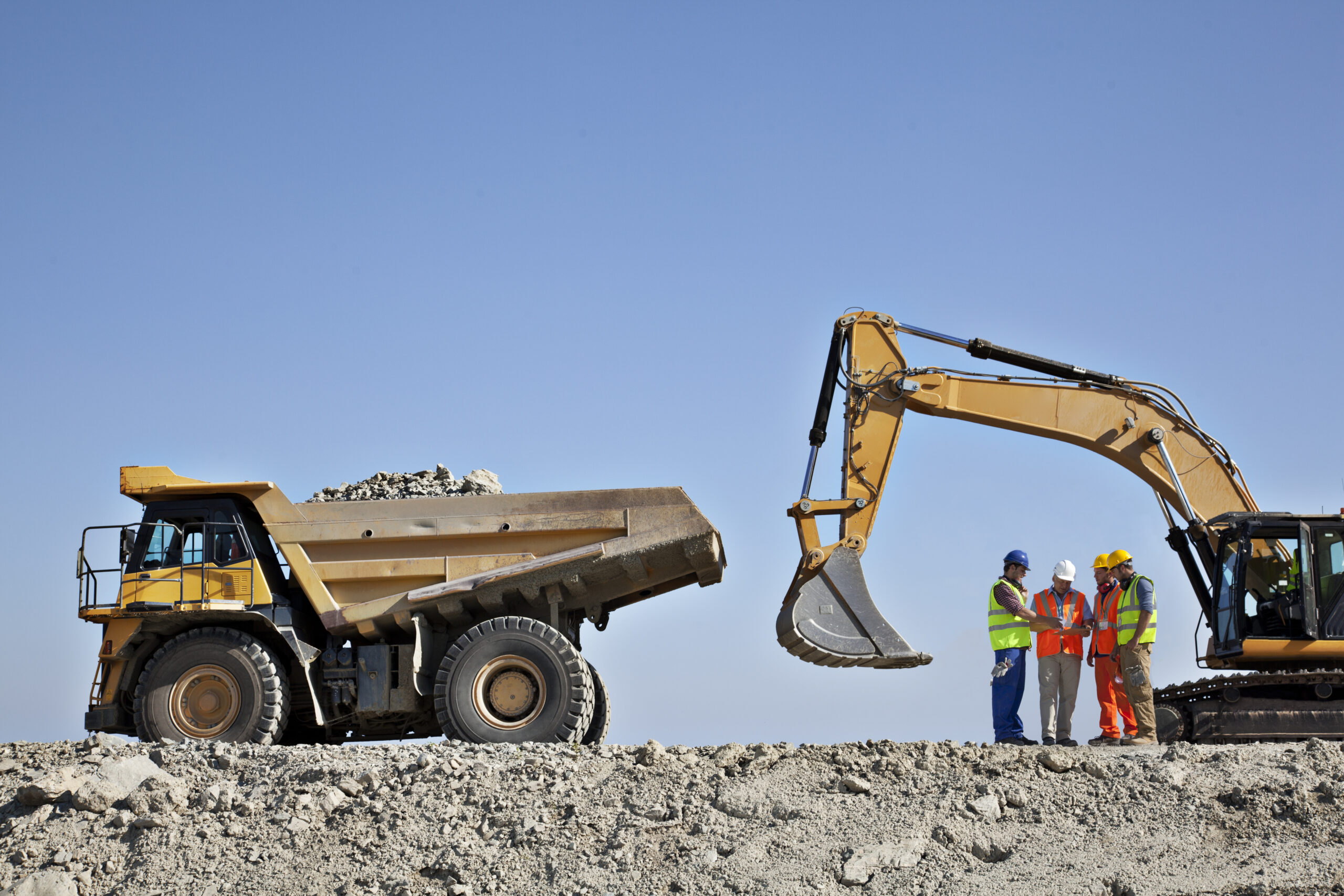The mining industry has a reputation of being a hazardous work environment with risks present around every corner. Employees must take the necessary precautions to mitigate these, sometimes, unavoidable risks and ensure the safety of their own and others.
The key to staying safe is to identify and understand the risk and how to best to proactively manage those risks. The following are some of the most common operational risks that are almost habitual, and therefore often overlooked, in the mining industry, and the ways to mitigate and manage them.
When preparing for work, noise is one of the common risks that miners tend to miss. There are constantly loud noises from drilling or heavy machinery, especially in underground mines which, over time, can cause hearing impairment. Although this risk is often difficult to avoid, it’s essential that appropriate hearing protection is worn at all times, and companies should evaluate working conditions and exposure hours through risk assessments.
Mining in open-pit operations requires long hours of sun exposure. Significant exposure to UV radiation can lead to dehydration, headaches, nausea or skin cancer. It’s important to use a combination of protection methods to combat the effects of this such as wearing a hat, applying sunscreen, and wearing protective clothing and sunglasses that filter the UV light.
Known as miner’s lung, another serious concern for miners is the inhalation of coal dust. Coal dust causes shortness of breath, scarring of the lung tissue and ongoing respiratory issues. This operational risk can be controlled by providing respirators and the proper ventilation to prevent miners from breathing in too much dust, as well as conducting regular health monitoring on all employees.
Exposure to harmful chemicals can result in burns, respiratory problems and in the worst case, poisoning. In order to prevent this from occurring, mining companies should implement a standard operating procedure that addresses the correct use, handling and disposal of chemicals. This knowledge should be communicated across the board so all employees can maintain compliance.
There is a constant threat of explosion that occurs in underground mines as flammable chemicals and gases are often running through the pipes. It’s, therefore, important to ensure that the ventilation systems are checked periodically and warning signs are posted to remind employees of safe practices and procedures whilst working.
Mine site infrastructure has the risk of collapse or rocks and debris can become unstable and strike workers. Evacuation and escape plans should be practiced regularly so workers are confident in their role for when a cave–in or collapse occurs.
Although there are various other risks present on-site, these have been labeled the most common and dangerous to miners and their health and well-being. Risks are ever-present on-site and it’s important to ensure your employees are trained and prepared for the dangerous work to avoid any chance of unnecessary damages or risks occurring.
On top of finding ways to control these risks, a solution like INX InControl can help your employees become aware of common risks in the workplace and how to avoid them in the future. By tracking and reporting all incidents or risks that are present, your organisation can find better ways to carry out tasks that avoid exposure to these unnecessary risks. Simply enter an incident or established risk into the system and key personnel will be notified of any actions that need to be taken. With longer-term risks such as noise damage or miner’s lung, having specific training for employees will help them become aware of these risks that are likely to occur is important. INX InTuition lets you set up and manage training courses to ensure all employees are remaining compliant with workplace standards.














